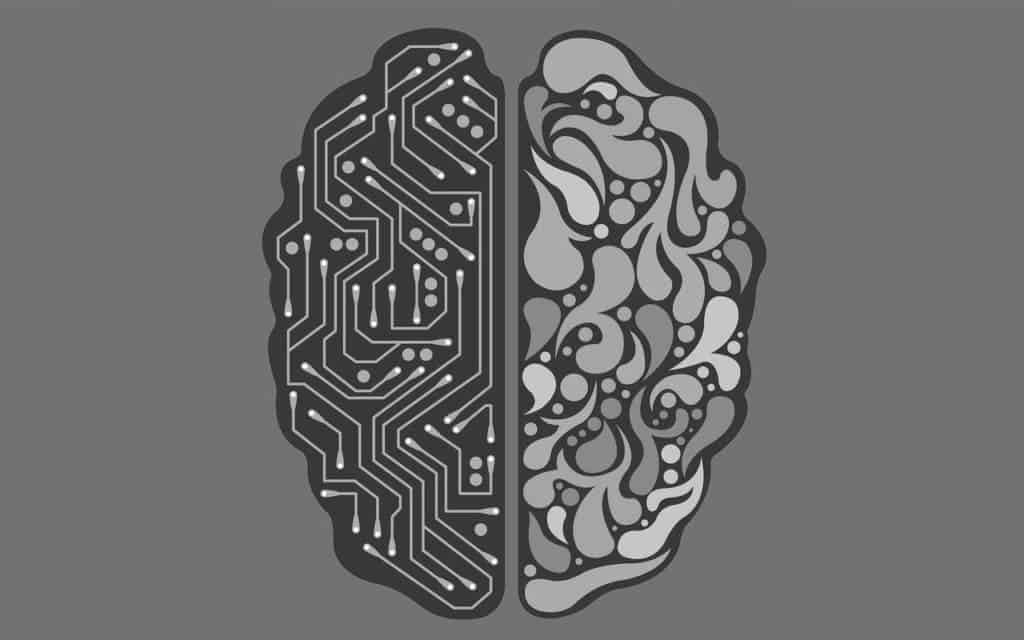
A novel drug meant to treat obsessive-compulsive disorder (OCD) has been designed by an artificial intelligence (AI). Researchers explain that it took the AI only 12 months to find the right molecule, a process that typically takes five years for human researchers. The medicine will soon begin clinical trials, marking the first time a drug discovered by an AI will be used on humans.
The molecule, known as DSP-1181, was among billions of possible chemical combinations that the AI went through while respecting countless parameters. It’s a delicate process that typically involves a lot of trial and error, but which has been vastly accelerated by machine learning algorithms.
British startup Exscientia and Japanese pharmaceutical company Sumitomo Dainippon Pharma worked together to make this kind of AI a reality. Speaking to the BBC, Exscienta chief executive Prof Andrew Hopkins said:
“We have seen AI for diagnosing patients and for analysing patient data and scans, but this is a direct use of AI in the creation of a new medicine.”
“There are billions of decisions needed to find the right molecules and it is a huge decision to precisely engineer a drug,” said Prof Hopkins.
“But the beauty of the algorithm is that they are agnostic, so can be applied to any disease,” he added.
Researchers plan on conducting phase one trials in Japan with subsequent global tests to follow if these initial results are promising.
DSP-1181 is a long-acting serotonin 5-HT1A receptor agonist meant to treat OCD. In Japan, one million people have this condition, while the disorder is present in around 3 million people in the United States.
The British firm plans on using this AI-aided approach to discover novel treatments for other medical conditions. Researchers are currently working on drugs for cancer and cardiovascular disease.
The average cost of research and development for a new drug is $2 billion. Raising the efficiency of drug discovery is paramount in the future and, as this news story shows, AI will play a critical role.
For now, DSP-1181 is the first AI-designed drug meant to treat human diseases. However, by the end of the decade, most new drugs could be discovered by an AI, Hopkins believes.









